The United States stamp Scott #13, a 10-cent stamp featuring George Washington, is a significant piece in the history of American philately. The Type I of this issue has complete shells at the bottom of the design that encompass the “Ten Cents” lable, and has complete lines above the “X” numerals at the top.
Design & Print
Scott #13 features a portrait of George Washington, based on a painting by Stuart, in a three-quarters face pose looking to the left. The design is set on an oval disk with a very dark ground and a border that is white below and slightly shaded above. The upper portion of the medallion includes thirteen white stars on a dark ground, above which, in a white panel, are the words “U.S. Postage” in small solid capitals. The corners of the stamp feature the Roman numeral “X.” Below the medallion, in a waved panel, are the words “ten cents” in large white capitals. The entire design is encircled by shaded scroll-work of an ornate character. The color of the stamp is a dark green, but the shades vary across a spectrum from light green to dark green, with the darker shades being more desirable.
Postal Usage
The 10-cent stamp was commonly used to pay postage on letters traveling coast to coast, especially after the rate was raised from 6 cents to 10 cents in 1855. This stamp was also used for foreign mail and for domestic letters over half an ounce, making it a relatively common stamp for the period. The 10-cent stamps were issued to postmasters on May 4th, 1855, with the earliest documented cover bearing a stamp from this issue dated May 12, 1855.
Identification
Scott #13 Type I comes exclusively from plate #1, which can be identified by a break in the bottom line of the value label, complete pearls at the right and left edges, and complete shells at the bottom. This is in contrast to plate 2 stamps (Scott #35), which do not have breaks in the bottom line and feature shaved pearls at the sides. Another notable aspect of Scott #13 is that it was printed with wider spaces between the stamps compared to the 1-cent, 3-cent, and 5-cent values. Consequently, copies with less than four margins are generally sold at a heavy discount.
A common form of fakery to watch out for involves the 1857 issue (usually the cheaper #35) being altered to imitate an imperforate 1851 10-cent issue by trimming off all its perforations. The key to identifying this fake is to see if the pearls on the lower sides are present and complete. Scott #35 has incomplete or missing pearls.
Scott #13 is an important stamp in U.S. postal history, characterized by its ornate design featuring George Washington, its widespread use for domestic and foreign mail, and specific identification features that include color variations and plate characteristics. Understanding these aspects is crucial for philatelists and historians to accurately place and appreciate Scott #13 within the context of American philately.



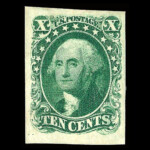
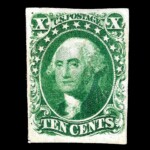

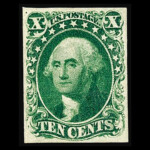
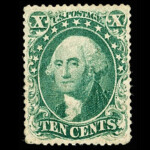

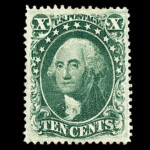
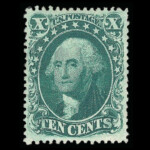
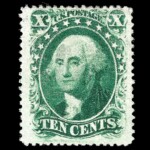
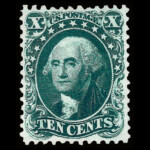
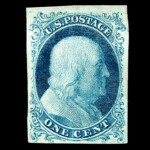
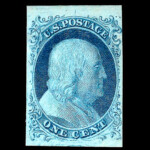
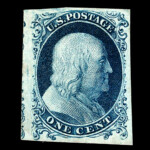
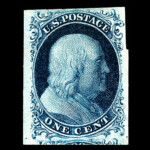
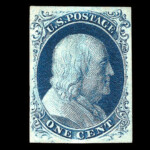
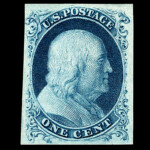
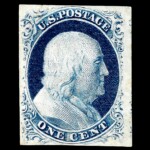

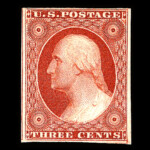
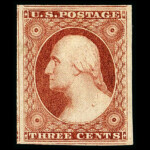
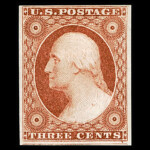
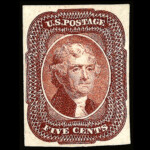
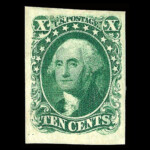
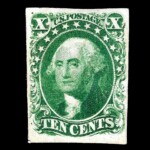
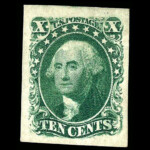
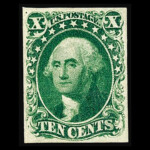
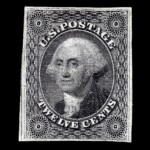




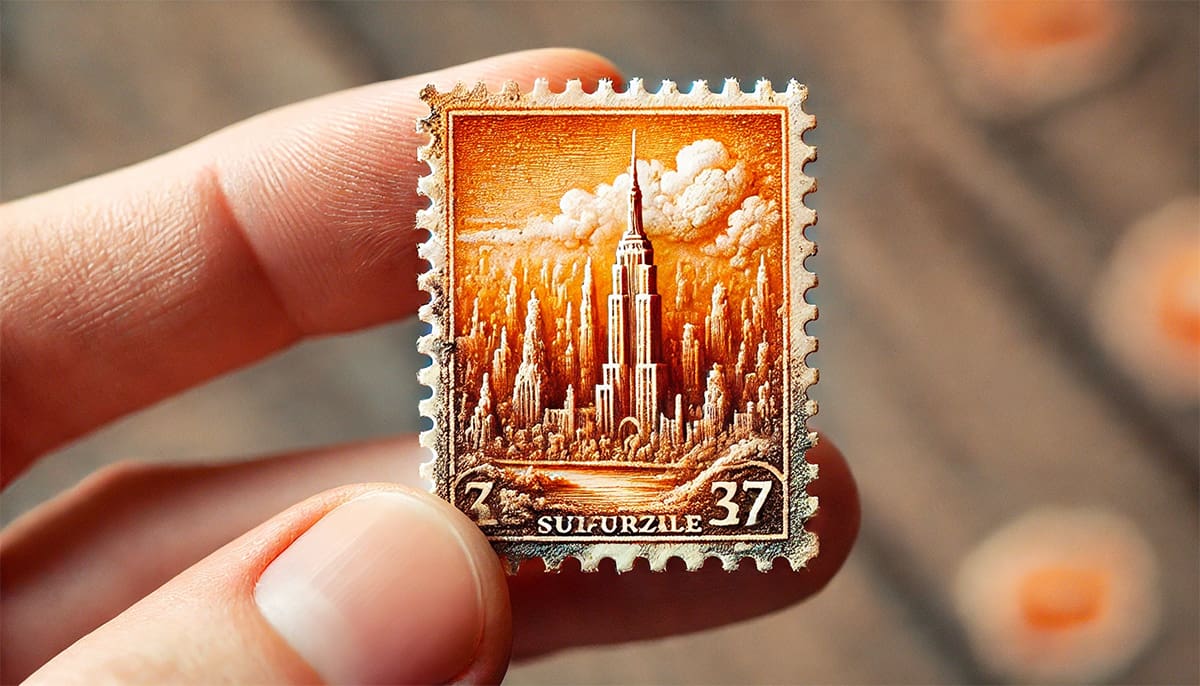

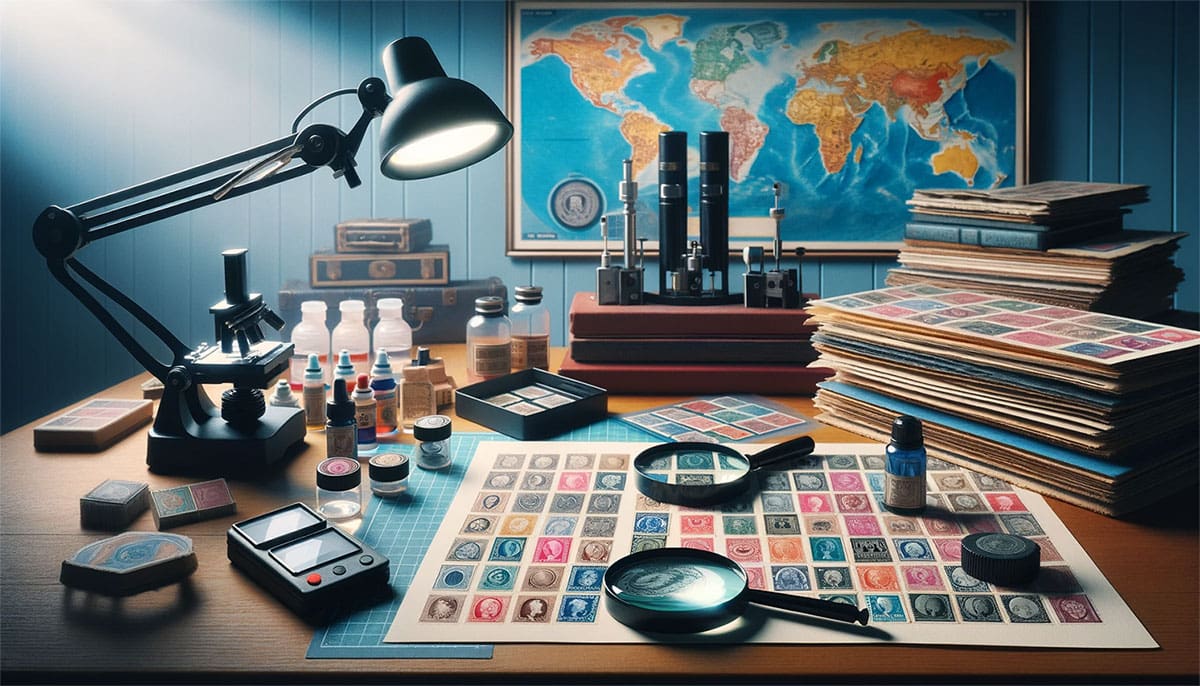
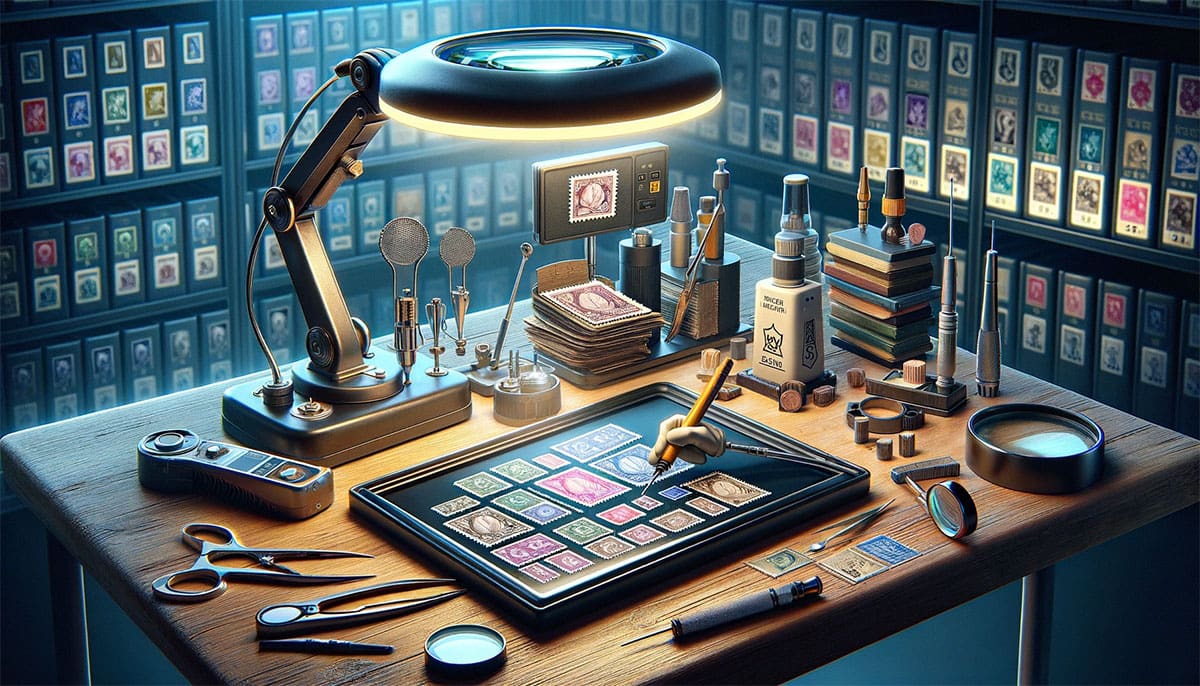

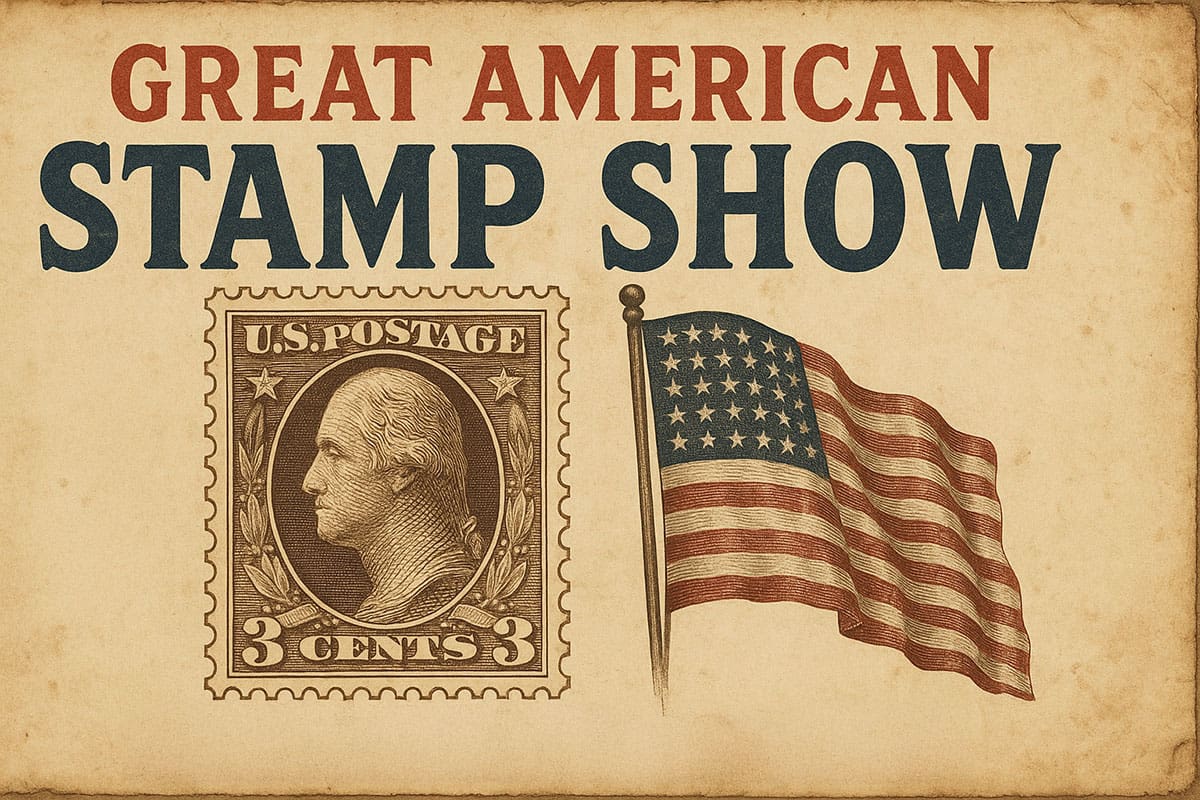


Ask A Question Or Leave A Comment